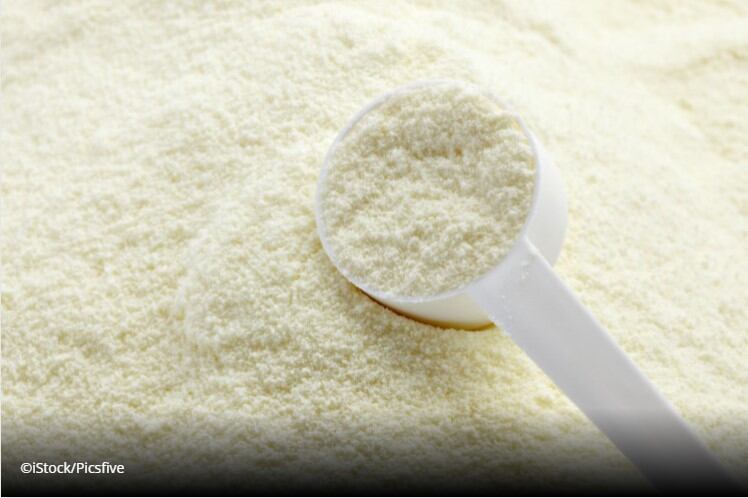EFSA’s Panel on Nutrition, Novel Foods and Food Allergens (NDA), concluded a cause-and-effect relationship could not be established between the formula’s consumption and a risk reduction in developing atopic dermatitis in infants with a family history of the allergy.
“The Panel notes that, among the 14 human intervention studies provided, no human intervention studies have been submitted from which conclusions could be drawn for the scientific substantiation of the effect.
“In the absence of evidence from human clinical studies on the effect of the infant formula in reducing the risk for developing atopic dermatitis, the Panel notes that the animal studies that were also submitted cannot be used for the scientific substantiation of the effect.”
Human intervention studies
Key to the Panel’s decision were three human intervention studies, one of which was described as a randomised, single-blinded (caregivers were aware of the group allocation) controlled trial.
The trial was carried out in infants with two atopic parents and who were either fed the formula under evaluation or a control formula manufactured from intact cow's milk protein.
Statistical analysis of the study results revealed the feeding of cow's milk formula showed higher odds for developing atopic dermatitis at one year of age.
However, the Panel noted that it is unclear to which feeding this was compared and whether exclusively breast-fed infants were part of this analysis or not.
“The Panel considers that, owing to the methodological limitations of this study and the associated analysis, i.e. single-blind study design, unclear randomisation procedure and unclear statistical analysis, no conclusion can be drawn from this study for the scientific substantiation of the effect.”
Manufacturing process
According to details given by Nestlé, the manufacturing process of the powdered infant formula would involve pre-heating the liquid hydrolysate and then mixed with free amino acids, minerals, vitamins, carbohydrates, oils and optionally nucleotides.
The blend is then heated again, evaporated, homogenised and evaporated again. Afterwards, additional ingredients are added before spray drying, as well as afterwards (dry-mixed with the powder) before sieving and final packing under protective atmosphere.
For liquid formula, which was also the subject of EFSA’s evaluation, after the addition of the last ingredients, the steps of the second heat treatment, evaporation and spray drying (applied in the case of the production of the powder) are replaced by sterilisation (ultra-high temperature treatment) before aseptic homogenisation, and aseptic filling.
The decision is the latest step in a regulatory process that started back in July 2019, where the technical dossier was first received by EFSA.
The scientific evaluation procedure, which started in January 2020 was suspended in February 2021 top be restarted on February 2021.
During the Panel’s meeting in April 2021, the NDA Panel, having evaluated the data, adopted its opinion on 29 April 2021.




